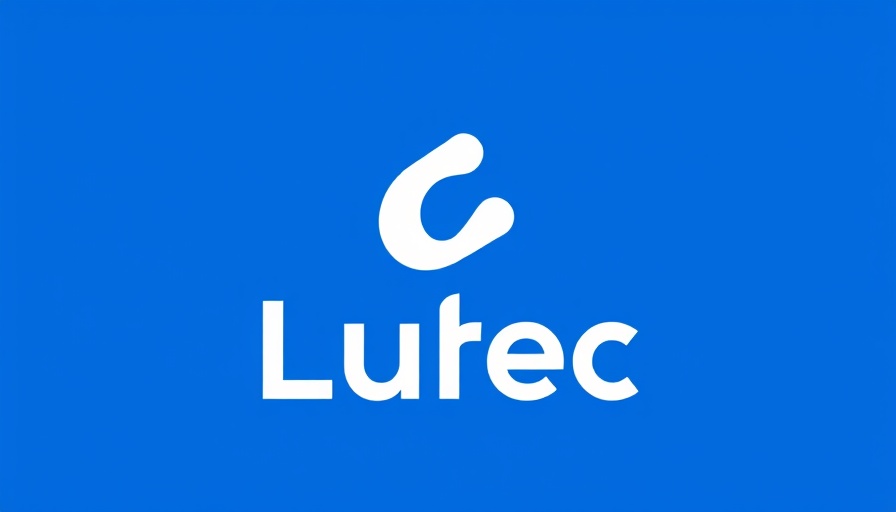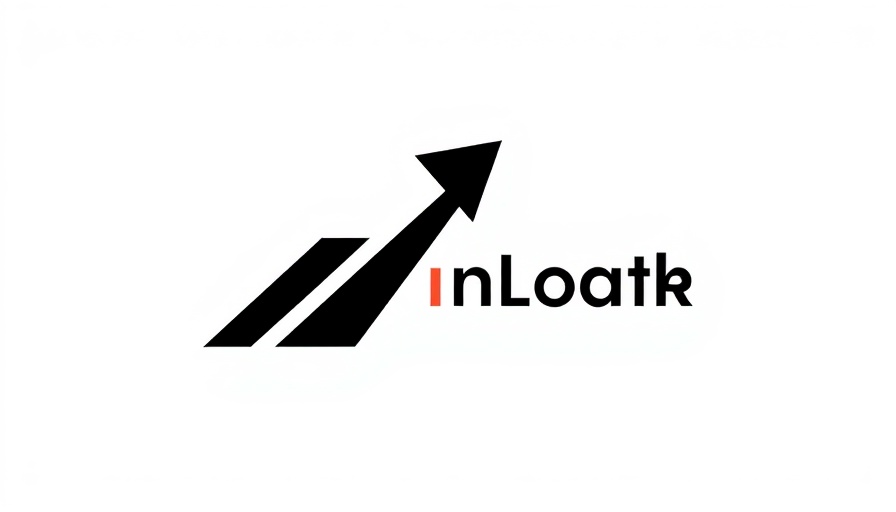
The Hidden Costs of an Overly Complicated Tech Stack
For small to medium-sized businesses (SMBs), navigating the tech landscape can feel overwhelming and financially draining. According to recent analyses, the proliferation of tech solutions often leads to confusing, fragmented ecosystems that can significantly increase operational costs. While many companies strive for efficiency and innovation through diverse software, this approach may yield hidden expenses that affect their bottom line.
Understanding Fragmentation and Its Impact
Businesses often adopt numerous applications to address specific needs, but this fragmentation can create more problems than solutions. When various platforms fail to integrate effectively, SMBs face productivity losses as employees waste time switching between applications, requiring additional software support and training. An effective tech stack should not only meet the varied needs of a business but also work cohesively to minimize such operational silos.
The Price of Confusion: An Analysis
Throughout numerous studies, it has been highlighted that poor integration among various tools can lead to inefficient workflows, ultimately costing businesses in productivity and employee morale. Small companies may find themselves paying a premium for numerous subscriptions, licenses, and hidden fees associated with each software solution. Reports suggest that businesses can spend as much as 30% more on software that doesn’t synergize effectively.
Key Strategies for SMBs: Streamlining the Tech Stack
To navigate these challenges, SMBs might consider consolidating their tech stack by opting for comprehensive platforms that cater to multiple needs. Implementing an integrated solution reduces cost and complexity while improving user experience and collaboration. Additionally, investing in training can empower employees to leverage tools more effectively, reducing the reliance on external tech support.
Future Insights: What Lies Ahead
As the tech landscape continues to evolve, the importance of creating integrated technological environments will only increase. Companies receptive to adopting comprehensive solutions early may position themselves favorably against competitors who cling to outdated, fragmented systems. The future will likely favor those who embrace unified platforms that prioritize automation and real-time collaboration.
In conclusion, understanding the hidden costs associated with a fragmented tech stack and adopting strategies to streamline software solutions will be crucial for SMBs looking to thrive in an increasingly digital world.
 Add Row
Add Row  Add
Add 




Write A Comment